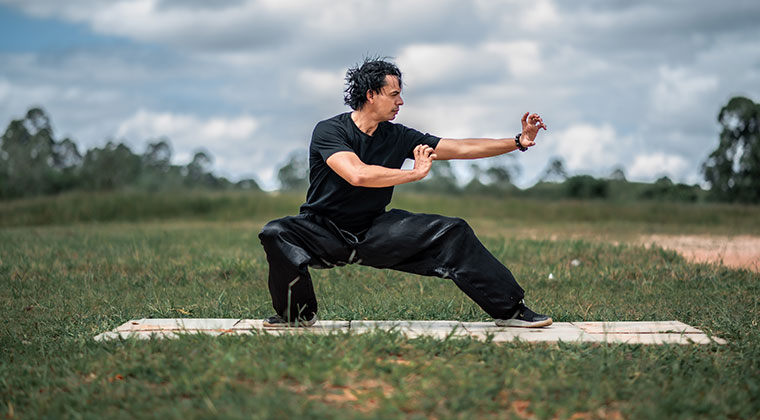To create a personal pacing plan, try following the following 6 steps discussed below:
STEP 1: Choose a task.
You can use time-based pacing for any task you choose, such as household chores, yard work, personal care, shopping, and pleasant activities. To start, pick something you want or need to do. Start with a simple task, such as vacuuming one room, before trying something harder, such as cleaning the whole house.
STEP 2: Find your pacing rhythm.
To find your pacing rhythm, do the following:
- Estimate how long you can do a task safely before risking a symptom flare-up.
- See how long your body needs to rest after this period of activity.
Remember, during your rest period, you should not be recovering from a flare-up. You are recovering from a safe amount of activity. Everyone is different, but you may need only a brief rest period to allow your body enough time to restore itself before you can continue the activity. Your rhythm for each task will depend on how hard the task is and how much you are able to do right now. It may take you a little while to figure out the right rhythm, so don’t be discouraged if you don’t get it right the first time. Keep these ideas in mind:
- Pick simple goals that you can meet on good and bad days. For example, if you can get out of bed for only 10 minutes at a time, you might want to try a 5-minute activity and then rest for 15 minutes.
- Divide your activity and rest segments into small, manageable portions spread across the day. For example, do three 5-minute walks a day 3 times a week rather than one 45-minute walk once a week.
- Ask your healthcare provider or try the PASC Guide Pacing Yourself worksheet to determine realistic pacing goals.
STEP 3: Share your pacing plan.
You can share your pacing plan with others like a friend, a family member, and a doctor so they can better understand your symptoms. A doctor may be able to offer additional support and ways to adjust your plan so that it works best for you. Visit PASC Guide Communication Skills and Talking to Your Doctor to learn more.
STEP 4: Try your pacing plan.
Try your pacing plan for 3 to 4 days. This should give you enough time to find out how well it works for you.
Example: Shop for 15 minutes and stop. Rest for a set amount of time. Repeat the cycle until you’re done
- Stop and rest even if you are not tired or not done shopping.
- Rest in a pharmacy area chair, the furniture department, in a dressing room, or at the front of a grocery store Work on your computer for 20 minutes and stop. Rest for a set amount of time. Repeat the cycle until you’re done.
- Stop and rest even if you are not tired or not done with your work.
- Get up and walk, stretch, or use one a Relaxation technique.
STEP 5: Review and revise your pacing plan.
After you have tried your pacing plan for 3 to 4 days, review how you are doing. If you can do your task and still feel okay that day and the next day, consider revising your plan and adding time to your activity. To revise your plan:
- Slightly increase the time you are active, and gradually reduce your rest time. Be sure to talk with your healthcare provider any time you are planning to increase your activity.
- Try this new plan for another 3 to 4 days to give your body time to adjust.
- Use the Pacing Yourself worksheet to track your progress.
While practicing and reviewing your plan, you may start to feel worse, or you may experience a symptom flare-up. Remember, flare-ups can happen from time to time, no matter what you do. But don’t let this discourage you, and don’t stop your activity. Instead, reduce your activity intensity, but continue for the same amount of time so you can keep the gains you have already made. For example, if you have been walking at a moderately fast pace for 15 minutes, slow down and walk at a slower pace for 15 minutes. Then very slowly work back to your first goal so your body has time to adjust.
STEP 6: Continue to practice and revise your plan.
Keep practicing and revising your pacing plan until it works for you. To start, you may want to just try doing pacing plans for 2 tasks a day. With patience, time, and practice, you may be able to find pacing plans that help you avoid the cycle of overdoing it, so you are able to do more of what you want and need to do.










